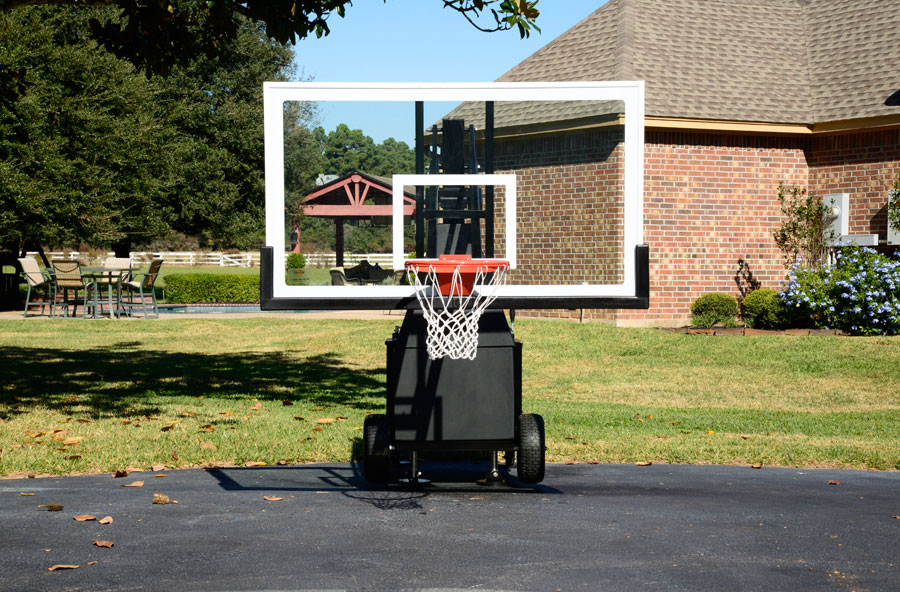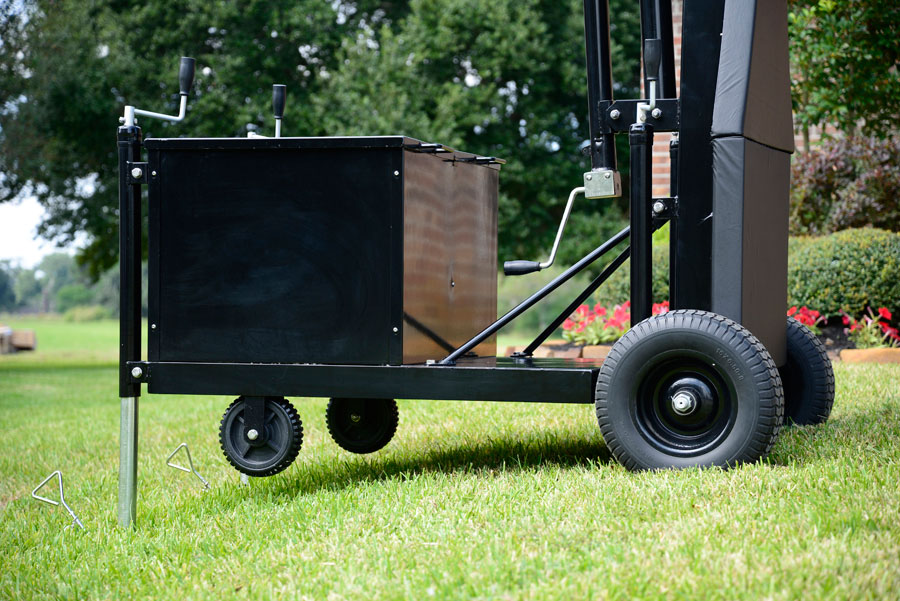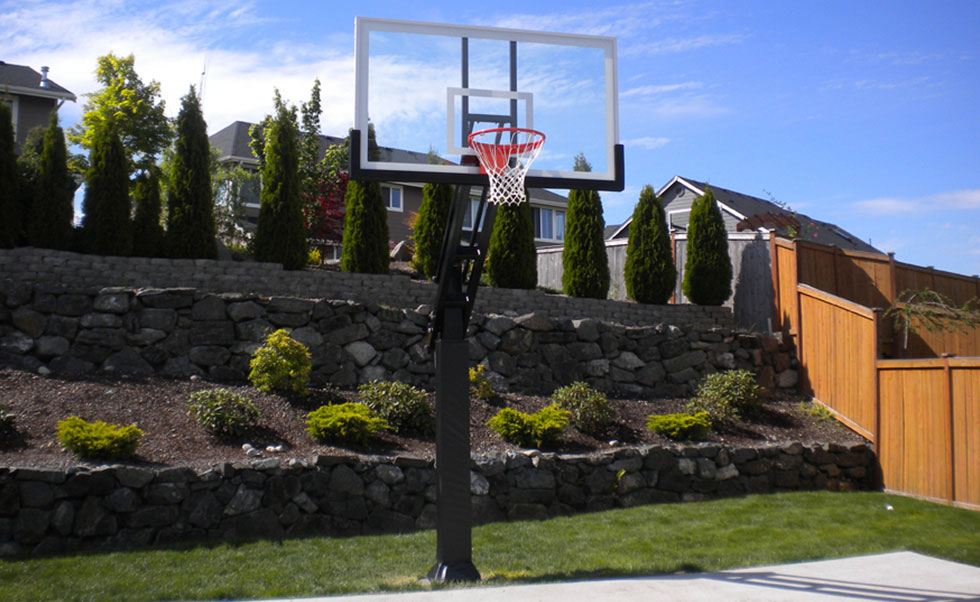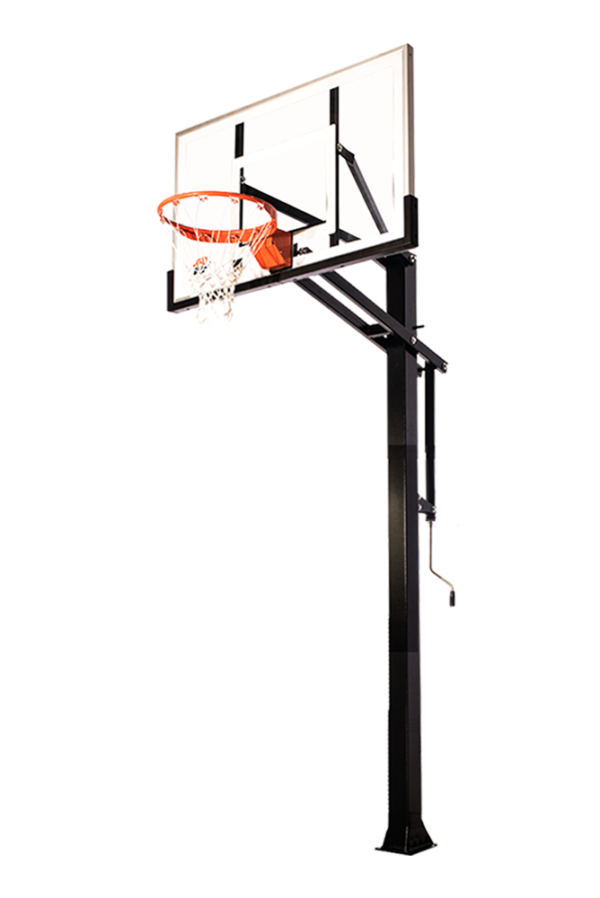How to Build a Basketball Hoop
Building a basketball hoop is more than just a DIY project — it’s an investment in outdoor activity, family fun, and athletic development. Whether you want to create a regulation-style system for serious training or a simple hoop for casual play, knowing how to build a basketball hoop correctly ensures it’s safe, functional, and long-lasting. In this guide, we’ll walk through the essential steps, materials, and considerations for building a basketball hoop in your driveway, backyard, or recreational space.

Planning Your Basketball Hoop Build
Before you begin construction, the first step in learning how to build a basketball hoop is understanding your goals. Ask yourself:
- Who will use the hoop? (Kids, teens, adults?)
- Will the hoop be used for training, casual play, or both?
- What kind of space is available — driveway, backyard, or court?
- Do you want a permanent in-ground system or a portable one?
The answers will guide your decisions on materials, backboard size, hoop height, and anchoring system.
Choosing a Location
The spot you choose for your basketball hoop determines its performance and durability. Ideal locations are:
- Flat and level: A smooth surface ensures consistent bounce and play.
- Clear of obstructions: Allow space behind and around the hoop for movement and rebounding.
- Accessible: Driveways are common, but backyards or custom courts also work well.
If possible, choose a location with enough room for a free-throw line and a three-point arc, especially if the hoop will be used for competitive practice.
Materials and Tools Needed
To build a durable and adjustable hoop system, you’ll need the following materials and tools:
- Basketball rim (regulation size: 18-inch diameter)
- Backboard (tempered glass, acrylic, or polycarbonate)
- Pole or support system (steel is preferred for strength)
- Mounting hardware and brackets
- Anchor system (for in-ground hoops)
- Concrete mix (if installing in-ground)
- Level, shovel, wrench, socket set, drill, and tape measure
For DIY builds, you can purchase hoop kits that include the backboard, rim, and hardware, or source parts individually to customize your system.

In-Ground Basketball Hoop Installation
In-ground systems are the most stable and professional option. Here’s how to build a basketball hoop using this method:
1. Dig the Hole
Using a post-hole digger or shovel, dig a hole that’s at least 24 inches deep and 18 inches wide. Some manufacturers may recommend deeper holes depending on the system.
2. Pour the Concrete
Insert the anchor system into the hole and pour the concrete. Use a level to ensure it’s perfectly vertical. Let the concrete cure for 48 to 72 hours.
3. Assemble the Pole
Once the concrete is fully set, assemble the pole sections and secure them to the anchor. Use locking bolts and washers as instructed by the manufacturer.
4. Attach the Backboard and Rim
Carefully mount the backboard and attach the rim. It’s best to have 2–3 people help at this stage due to the weight and precision required.
5. Adjust Height (If Applicable)
Many systems allow for height adjustments between 7.5 and 10 feet. Calibrate your desired height and tighten all adjustment mechanisms.

Wall-Mounted and Portable Systems
If you’re wondering how to build a basketball hoop without an in-ground installation, wall-mounted or portable systems are alternatives:
- Wall-mounted hoops: These attach to garage exteriors or walls. Make sure the wall can support the weight.
- Portable hoops: These come with a wheeled base you can fill with sand or water. Assembly involves fewer tools and no digging.
While portable systems are easier to install, they often lack the stability and performance of in-ground options.
Safety and Stability Considerations
Regardless of the style, ensuring your basketball hoop is stable and safe is critical. For in-ground systems:
- Use high-quality concrete and allow adequate curing time.
- Follow all manufacturer instructions for assembly.
- Double-check bolts and brackets before first use.
For portable systems:
- Fill the base completely and avoid placing on sloped surfaces.
- Test for wobble or tipping before play.
For wall-mounted systems:
- Anchor into studs or masonry with proper lag bolts.
- Avoid mounting to siding or weak facades.
Customizing Your Hoop Area
Once your basketball hoop is installed, consider upgrading the play area:
- Add court markings using driveway paint.
- Install lighting for evening play.
- Set up a scoreboard or timer for practice sessions.
- Place benches, storage bins, or a water station nearby.
Custom touches turn your home hoop into a professional-feeling play space for the whole family.

Practicing at Home for Skill Growth
Having a home court makes practicing more convenient and consistent. Players can work on shooting form, layups, free throws, and rebounding without needing to travel to a gym or public park.
Whether the goal is casual fun or competitive improvement, a well-built hoop system fosters hours of physical activity, teamwork, and skill development.
How Kids World Play Systems Helps Families Build the Perfect Court
At Kids World Play Systems, we offer high-performance basketball hoop systems designed for backyard and driveway use. Our selection includes adjustable in-ground hoops, wall-mount systems, and portable options — all built for safety and durability.
We guide families through every step of the installation process and offer recommendations based on age, skill level, and yard layout. With professional-grade materials and trusted construction, our hoops are built to grow with your athlete.
Conclusion
Learning how to build a basketball hoop is a rewarding project that provides years of entertainment, fitness, and family bonding. Whether you choose an in-ground, wall-mounted, or portable system, careful planning and installation are key to a safe and enjoyable playing experience.
With expert help from Kids World Play Systems, building a backyard basketball court has never been easier. From selecting the right system to ensuring it’s installed correctly, we’re here to support your family’s love for the game — one basket at a time.
